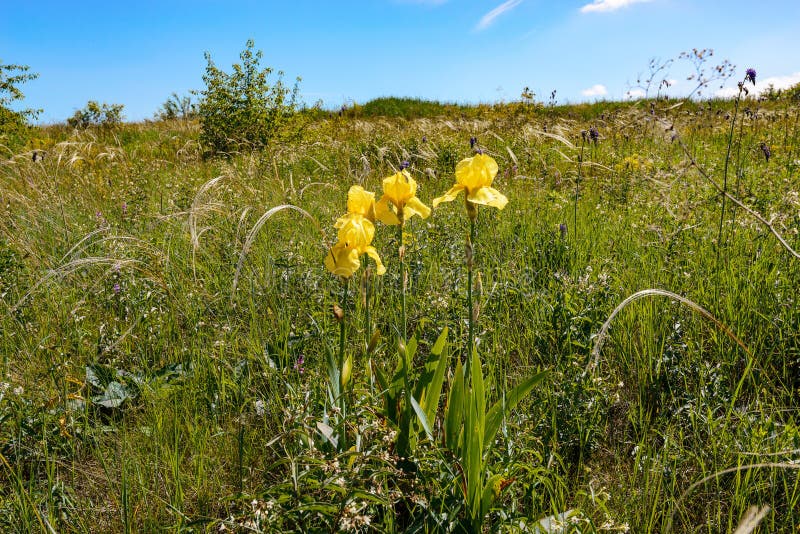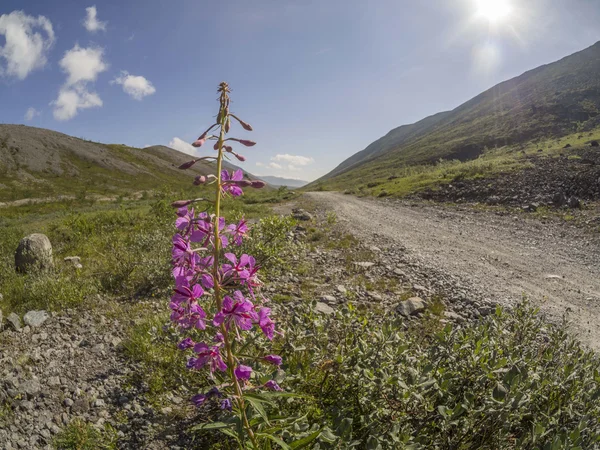
This includes deserts, as well as temperate regions such as grasslands, savannahs, and Mediterranean ecosystems 6, 7, 8. Drylands account for 40% of land globally, and are defined by an Aridity Index (ratio of precipitation to potential evapotranspiration) of less than 0.65.

These impacts are especially visible in dryland ecosystems, where photosynthetic production is water-limited (sunlight is available in excess). Global climate models predict increased aridity globally as the climate warms, and increased uncertainty around seasonal drought patterns 6, 7. Habitat for pollinating insects is declining globally as a result of land use change, attributed in part to urbanization, agricultural intensification, and general land development 4.Ĭhanges in global climate can also cause shifts in habitat availability 5. In the US, pollination services to agriculture are valued at $14 billion annually 3. Pollinating insects are a cornerstone of natural and agricultural ecosystems, aiding in the reproduction of 75% of flowering plant species 1 and 35% of crop species globally 2. We anticipate that these findings will inform local farmers and solar developers who manage solar understories, as well as agriculture and pollinator health advocates as they seek land for pollinator habitat restoration in target areas. This demonstrates that pollinators will use habitat under solar arrays, despite variations in community structure across shade gradients. Pollinator-flower visitation rates did not differ among treatments at this scale.
#Steppe flower solar walk full#
Pollinator abundance, diversity, and richness were similar in full sun and partial shade plots, both greater than in full shade. We found that floral abundance increased and bloom timing was delayed in the partial shade plots, which has the potential to benefit late-season foragers in water-limited ecosystems.

Here we investigated the effects of solar arrays on plant composition, bloom timing and foraging behavior of pollinators from June to September (after peak bloom) in full shade plots and partial shade plots under solar panels as well as in full sun plots (controls) outside of the solar panels. However, the impact of the solar panel canopy on the understory pollinator-plant community is unknown. Some solar developers and agriculturalists in the United States are filling the solar understory with habitat for pollinating insects in efforts to maximize land-use efficiency in agricultural lands. Photovoltaic solar energy installation is booming, frequently near agricultural lands, where the land underneath ground-mounted photovoltaic panels is traditionally unused. Habitat for pollinators is declining worldwide, threatening the health of both wild and agricultural ecosystems.


 0 kommentar(er)
0 kommentar(er)
